By Miguel Hernández
Sieges are forever imprinted on the collective psyche of the respective combatant armies and nations. The encirclement and storming of a fortress or other well-defended place tends to be among the most storied accounts of any war. Long after the struggle is over, the victor, and the vanquished, retell the story to enshrine the righteousness of their cause and the sacrifice of their troops. These singular battles often obscure the general war itself. The siege of the Alamo, for example, now overshadows almost every noteworthy and decisive event of the Texas War of Independence. It has achieved mythic proportions and has come to symbolize courage, heroism, and sacrifice in the face of tremendous odds.
Baler was one such battle, and although as brutal, large, and heroic as the Alamo, it is barely recalled by the Spanish, the Filipinos, or the Americans who fought in it. Perhaps that forgetfulness is based on the fact that it was fought in the complicated and obscure war that took place after U.S. troops took possession of the Philippines from Spain in August 1898. Or maybe it is because neither of the main contenders, the Filipinos and the Spanish, would win their wars against the Americans.
Of the several mistakes made by Spanish Captain-General Basilio Augustí Dávila, commander of the Spanish troops in the Philippines in 1898, the worst was to dedicate only nine of his 28 infantry battalions to the capital and leave the remainder scattered throughout the Philippine archipelago. He reasoned that he had enough troops both to prevent the fall of Manila to the Americans and to squelch Filipino insurrections in the hinterland. In the end, Augustí Dávila had to concede the war to the Americans with an arranged, face-saving, token battle. Meanwhile, his non-Manila garrisons were too dispersed and small to be effective against much larger concentrations of Philippine insurgents and, one by one, Augustí Dávila’s isolated detachments fell during the summer of 1898. With one exception: Baler.
Nowhere was that sense of Spanish honor, courage, and penchant for lost causes more evident than at that remote spot on the east coast of Luzon. With steep mountains and impenetrable jungles to the west and the vast Pacific Ocean to the east, Baler, which is some 120 “crow” miles northeast of Manila, is almost as isolated today as it was in 1898. Then it was a town of 1,900 inhabitants.
There in the fortified church of San Luis de Tolosa, 57 men of the Second Expeditionary Rifle Battalion led first by Captain Enrique de las Morenas y Fossi and, later, by Lieutenant Saturnino Martín Cerezo, faced over a thousand Filipino troops commanded by Captain Calixto Villacorta.
Few Spaniards today remember the siege at Baler. Even fewer Filipinos do, and hardly any Americans know of it, even though U.S. troops did make an ill-fated attempt to rescue the besieged. Faded memory and ignorance of Baler notwithstanding, the fact is that a badly outnumbered Spanish garrison held fast against a superior Filipino insurgent force for 337 days. They surrendered almost 10 months after the American/Spanish cease-fire in the Philippines on August 14, 1898 and nearly seven months after the signing of the Treaty of Paris formally ended the Spanish-American War on December 10, 1898.
Following the crushing defeat of Rear Adm. Patricio Montójo y Pasarón’s squadron on May 1, 1898 by Rear Adm. George Dewey at Cavite, Emilio Aguinaldo y Famy, the leader of the Filipino nation, stepped up his campaign against the Spanish on the island of Luzon and throughout the Philippine archipelago. In remote and isolated Baler, the commander of the Spanish garrison, Captain Enrique de las Morenas y Fossi, knew little of the turn of events at Cavite or of the later American victory in Manila. He was, of course, aware of the threat posed by the Filipino insurgents in the Baler area, and by June 1, 1898 began to fortify the church and dig a well within the compound in the event they came under attack. Fortunately, some months back he had received a load of ammunition and food brought by the Spanish cruiser Don Juan de Asturia, a ship on its way to history in Manila where it would fall victim to Admiral Dewey’s onslaught.
The first sign of real trouble in Baler came on the morning of June 28 when Captain Las Morenas y Fossi became aware that the local populace had fled the town. Subsequently, he received a report that Filipino insurgents were gathering about a mile from the church. On the afternoon of the 29th, a volley of insurgent rifle fire broke the stillness as Remington bullets and lantaca cannon shot slammed against the thick walls of the fortress-church.
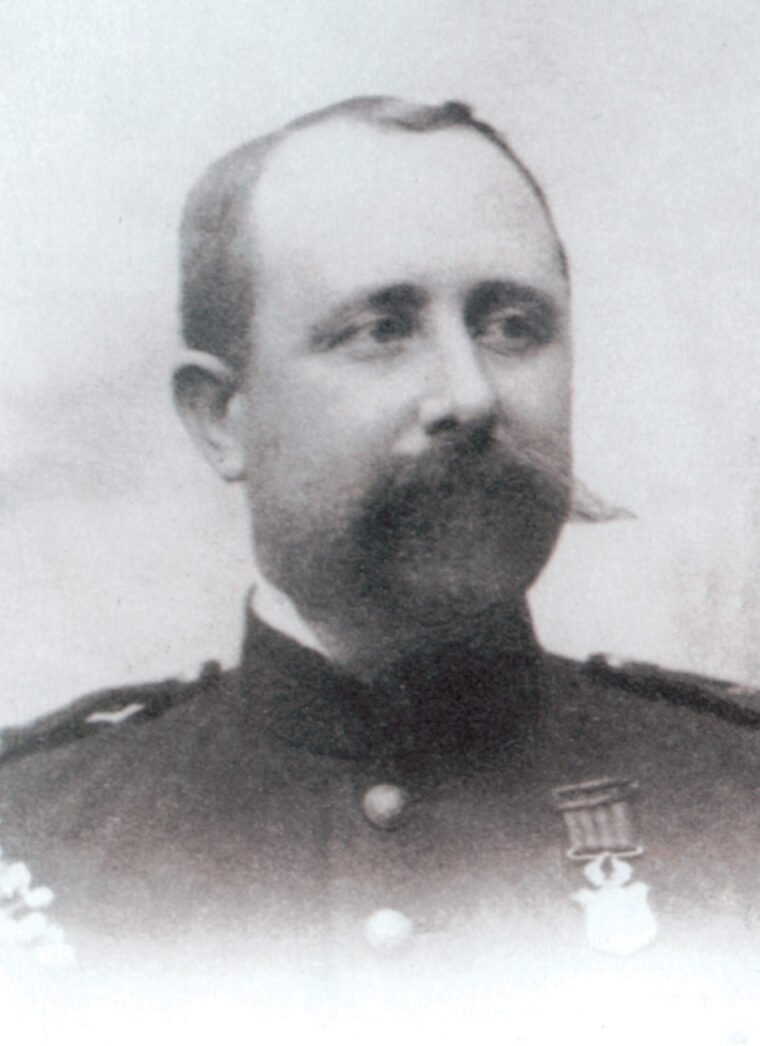
Suddenly it was quiet again and the white flag of truce appeared at the far edge of the plaza. Las Morenas y Fossi saw a black-robed figure running toward his position in the fortified church of San Luis de Tolosa. The sharpshooters of the Second Expeditionary Rifle Battalion that he commanded waited for his order to fire. It never came. The runner was Father Cándido Gómez Carreño, the priest of the town of Baler, who carried a white flag and a message. It said in part, “surrender now and you will be treated as gentlemen” and “if you do not surrender, I will leave no stone standing in your stronghold.” However, the Filipinos’ offer (the first of a succession they would make over the next several months) was immediately refused. Las Morenas y Fossi’s defiant answer to Villacorta’s entreaty was, “Commence firing any time you like.”
Now the siege began in earnest and it stretched from days to weeks and then months, and with each passing day conditions inside the church worsened. Trapped in the confines of the small building whose windows and other openings were sealed to stop small-arms fire, the place grew fetid. Latrines on the grounds outside the church were filled to overflowing and added to the pestilence.
The tropical heat, humidity, and torrential rains that fell on Baler increased the discomfort of the besieged. As time passed, stores of rice and other foods diminished and much of it began to spoil. Soon diseases such as dysentery, beriberi, and fevers began taking their toll, and to a lesser extent, enemy bullets and desertions thinned the Spanish ranks. Seventy-seven days into the siege the first to fall ill to beriberi was Father Gómez Carreño. The Spanish priest had elected to remain with his countrymen.
As the Spanish force decreased, the Filipino force grew to nearly eight hundred, and now they had a more modern cannon to supplement their ancient lantacas made from hollowed-out palm tree trunks. They also had dug trenches about 75 meters from the church grounds, completely encircling the Spanish.
Fortunately for the Iberians, the Filipino artillerymen were inexperienced and their ammunition was of poor quality. There were more misses than hits, and those that did strike caused little damage. Nevertheless, the scream of the incoming and the “whomp” of their impact were nerve-wracking. Sometimes the Filipinos filled their lantacas with rocks. Such missiles were deafening as showers of stones crashed onto the zinc roof of the Spanish sanctuary. On other occasions, the insurgents raced past the Spanish defenses and climbed onto the roof of the church with kerosene-filled cans, but each time they were shot down before they could set the fuel afire.
In the rain-filled trenches the Filipino casualties mounted. From vantage points on the upper floor of the church and from its bell tower, the Spanish sharpshooters with their fine Mauser rifles found them to be easy targets. Hundreds of Filipinos thus fell.
Not only were the Filipinos suffering from the toll of gunshots, they were also confounded by the stubborn refusal of Captain Las Morenas y Fossi to come to terms, even though they had informed him numerous times that Spain and the Philippines were no longer at war.
September, the third month of the siege of the church and its compound, was a particularly bad month for the defenders. Beriberi, and to a lesser extent, Filipino bullets, winnowed the ranks. Only the dead and most gravely wounded or sick were excused from manning their posts. Captain Las Morenas y Fossi fell gravely ill. The second in command, Lieuteniant Juan Alonzo Zayas, a Puerto Rican serving in the Spanish army, died of beriberi. Lieutenant Vigil de Quiñones, the medical officer, was wounded and suffering from beriberi. Lieutenant Saturnino Martín Cerezo suffered a contusion.
In October more men became sick and some died, including Captain Las Morenas y Fossi, and with his demise, the third in the line of command, Saturnino Martín Cerezo took over.
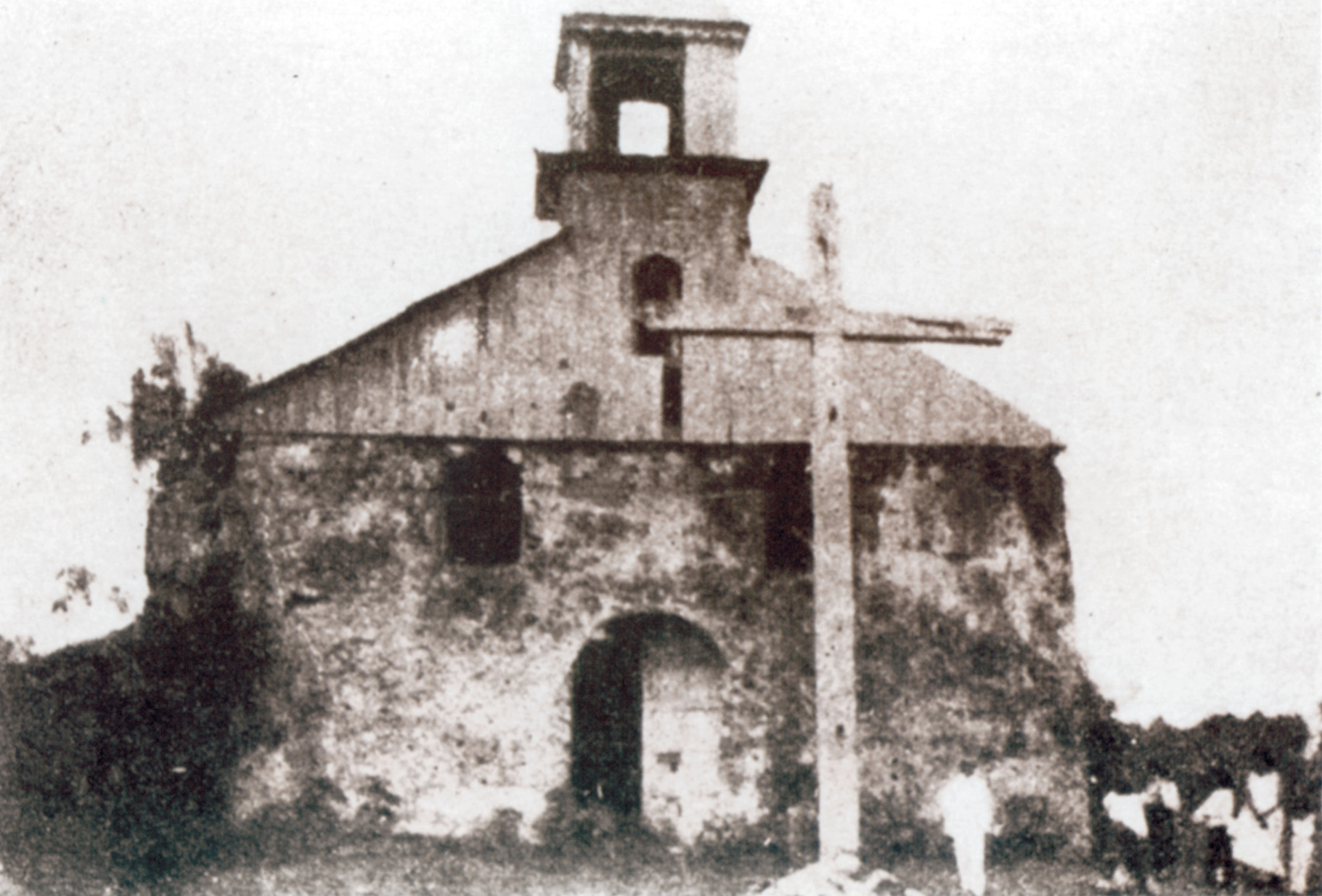
In mid-November, having failed thus far to dislodge the defenders by force, Villacorta again tried to reason with the remaining Spanish. Under a truce flag he again reminded Martín Cerezo that Manila was now in American hands and that Spain had quit the Philippines. The lieutenant refused to believe it. Villacorta then placed various Manila newspapers on the church steps, which confirmed the American victory. Nor did Martín Cerezo believe Filipino newspapers delivered into the compound. Villacorta then brought in Spanish civilians and even a uniformed Spanish military officer to carry the surrender message, but as far as Martín Cerezo and his men were concerned, these efforts were Filipino deceptions and the Spaniards, civilian and military alike, were simply turncoat deserters.
By December 1 only 35 nearly starved Spaniards were left and Martín Cerezo decided on a bold plan to replenish the dwindling food stocks. Under intense covering rifle fire, he sent Privates José Chamiso and José Alcaide Bayona rushing out of the church and into a nearby empty house. After reaching it they set a fire that quickly spread to adjoining buildings occupied by the Filipino troops. Whipped by a steady offshore wind, the furious flames quickly spread into the town and forced the Filipinos to retreat farther from the church.
The fire also burned a stand of trees, and the Spanish now had a killing zone where once there was cover for the enemy. In addition, during the confusion the Filipinos left behind tomatoes, peppers, pumpkins, and other vegetables. Now the Spanish had a renewed food supply and more importantly, the captured crops also helped end the scourge of beriberi.
Another bit of luck was that with the vegetable seeds they were now able to plant a garden. However, it would take many weeks for the seeds to bear fruit.
By now it was mid-December, and unbeknown to the defenders at Baler, under the terms of the Treaty of Paris Spain had ceded the Philippines to the United States in exchange for a payment of $20 million. Ironically, Martín Cerezo and his detachment were now fighting for territory that technically belonged to the United States.
With the holidays approaching, morale within the church was waning and the food supply was once again dangerously low. To supplement their diet, the Spanish began to harvest lizards, rats, and the large flying cockroaches that infested the church and its grounds. On Christmas Eve, a mass was celebrated. Dinner consisted of a belly-filling but malodorous mixture of beans, lard, and tropical bugs.
By December 31, 184 days had elapsed since the siege began. The defenders suffered 14 deaths: 13 from disease and one from wounds. There had also been five desertions. Of the 38 remaining troops, 15 were still suffering from beriberi. In sum, there were only 23 effective men left.
The New Year brought still more emissaries, including a Spanish captain named Miguel Olmedo. He said he was there to meet with Captain Las Morenas y Fossi and to present orders from Spain’s highest ranking officer left in Manila, Captain-General Rios, ordering the surrender of the outpost. Olmedo was told that Las Morenas y Fossi would see no one. This was true enough. He had been dead since November, and Martín Cerezo was not about to give away any information about his reduced forces.
Olmedo tried several more times to see Las Morenas y Fossi whom he claimed was a personal friend and classmate at Spain’s military academy, but Martín Cerezo continued to repulse the emissary and at last, he too, left in disappointment.
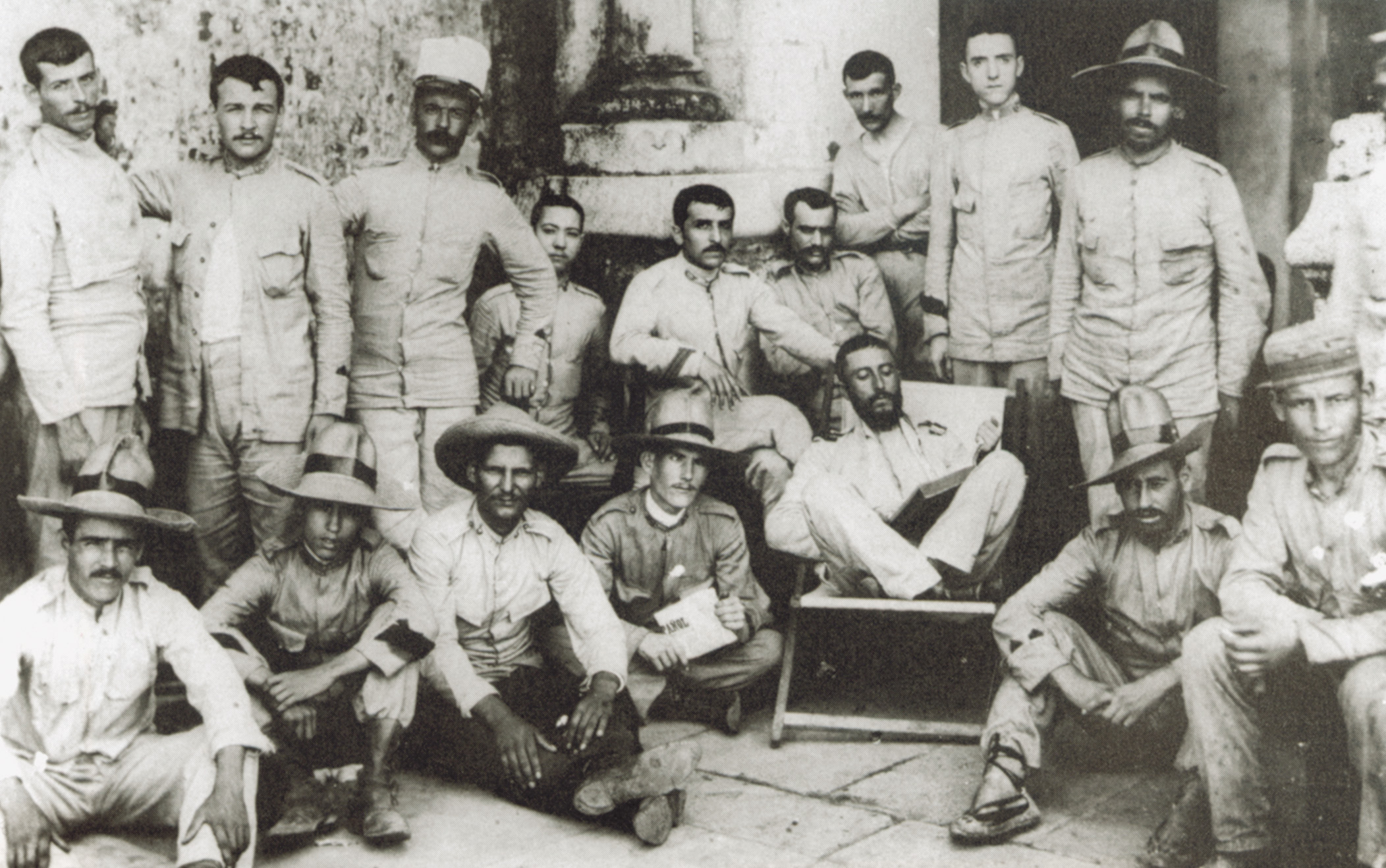
The siege continued into February and on the 25th Mártin Cerezo became aware that three of his stalwarts, Corporal Vicente Gonzáles Toca and Privates José Alcaide Bayona and Antonio Manache Sanchéz, were planning to desert. After a brief interrogation, they confessed and were placed in leg irons in a makeshift cell.
In early March, the Spanish enjoyed a reprieve from their diet of rodents, insects, and other creatures. Incredibly, a carabao (Asian water buffalo) had wandered into their field of fire not more than 10 meters from the church.
A well-aimed volley quickly brought the animal down. The shooters scampered onto the field and dragged the carcass back to the compound where it was quickly butchered, sparking a three-day feeding frenzy. Lacking salt with which to preserve the meat, the only recourse was to consume the beast before the meat spoiled. This stuffing orgy sickened the men from cramming so much food into their shrunken stomachs. Two more water buffalo would fall in the following days, and when the Filipinos finally realized that a small herd of carabaos was in the environs of the battlefield, they quickly led them away.
On March 30 at about 4 am, the Filipino forces revived their somewhat desultory cannonade of the fortress. Apparently they now had more ammunition and let loose a three-hour, nonstop barrage. The church trembled, as did the Spanish who took cover in any hole in the ground they could as timbers and masonry came crashing down. But despite the damage, they and their church stood firm. Crawling out of their hiding places during a lull in the fire, a Spanish sharpshooter took deadly aim at the Filipino artillery men and put them and their weapons out of action.
Intense shooting took place over the next few days. But on April 11 at about 2 o’clock in the afternoon, a new booming sound was heard—cannon fire in the distance from a gunboat cruising offshore. A sense of relief pervaded the church. At last the Spanish navy had come to rescue them! Quickly, the defenders fired three volleys to signal the ship but there was no answer. That evening they heard the chatter of a machine gun and rifle fire down by the beach.
When darkness fell, a powerful searchlight from the ship played on the church walls. Martín Cerezo responded with torches from the bell tower, but as far as he could determine, no one from the mysterious ship had attempted to come ashore. At about 3 in the morning one of the Spanish sentries noted that the ship was leaving and told the lieutenant. Why had the Spanish navy abandoned him? Martín Cerezo wondered. Perhaps they were going back to Manila for reinforcements, he thought.
But as he was to find out later, it was not a Spanish ship. Instead, it was the USS Yorktown, an American gunboat. Led by Lt. Cmdr. James Gilmore of the U.S. Navy, a group of 17 U.S. Marines set ashore on the evening of the 13th, but the Filipinos ambushed them. In the firefight, several of the Marines were killed and wounded. The wounded and Gilmore were captured. They were eventually held for eight months. Gilmore finally escaped and miraculously made his way through the jungle to American lines.
As May approached, the attackers made several more spirited attempts to dislodge the defenders, but each time they failed. During one of these attacks, however, a Filipino artillery shell demolished the jail cell holding the three would-be deserters, González Toca, Alcaide Bayona, and Menache Sanchez. They were all slightly injured and taken to the infirmary. Shortly after breakfast Private Alcaide Bayona dashed out, and despite a hail of Spanish gunfire, made his way to the enemy lines. The embittered Alcaide Bayona soon advised the Filipinos of all matters of military importance and, as if to rub salt in the Spanish wounds, manned the Filipino cannon. As a trained artilleryman, Alcaide Bayona took delight in firing the Filipino field piece and caused considerable damage to the church. To the Spanish, Alcaide Bayona was Judas personified.
Although the damage caused by Alcaide Bayoan was substantial, Lieutenant Martín Cerezo and his remaining troopers hung on, repelling successive attempts by the Filipinos to breach the walls. To conserve ammunition, Martín Cerezo used tactics that proved that he had read military classics on the defense of castles. He had, for example, pots of scalding water poured on the Filipino soldiers who reached the walls of the church. Taking a lesson from the defenders of Sevastopol in the Crimean War of 1854, he camouflaged the damage to his stronghold by covering the gaping holes with canvas. As May dragged on and the list of casualties grew, Martín Cerezo knew he could not hold out much longer. Then, as he was pondering his options, he heard the blast of a ship’s horn. Before long, a lieutenant colonel of the Spanish army approached the church with an aide bearing the red and gold flag of Spain. From head to toe, Cristóbal Aguilar y Castañeda was every inch the personification of a professional Spanish officer.
Despite that appearance and documents ensuring the defenders a state of war no longer existed between Spain and her former colony, Martín Cerezo refused the Aguilar y Castañeda’s offer to abandon the church and to return with him to Manila. “If you want us to surrender” replied Martín Cerezo, “then we will do so, but only when we see you at the head of a company of Spanish troops.”
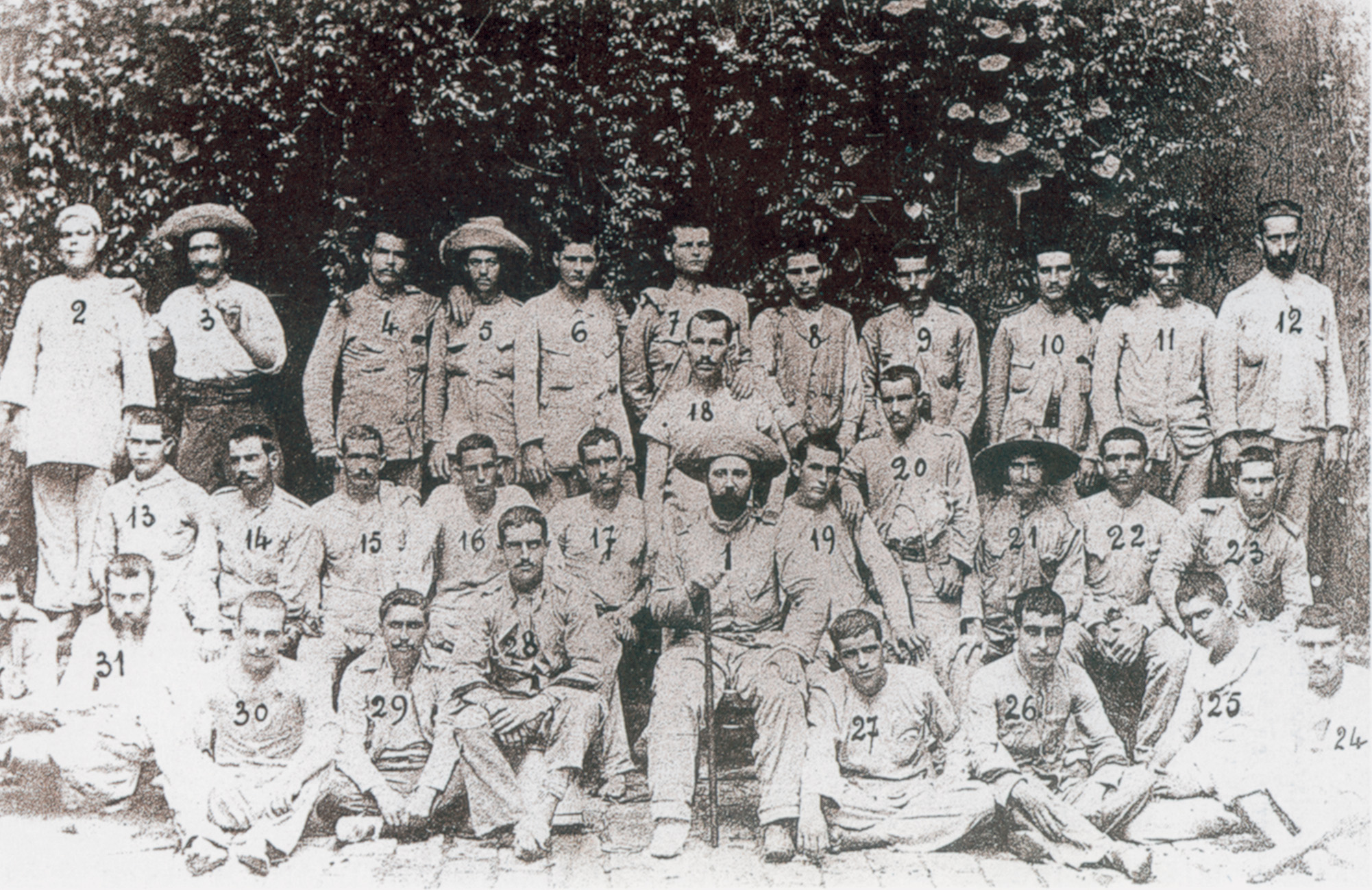
“That will not be possible,” answered Aguilar y Castañeda. He explained that all Spanish troops had been repatriated to Spain with the exception of a few officers who remained to help wind up Spain’s interests in the Philippines. Martín Cerezo thought about that for some time, but in the end his level of mistrust and paranoia was such that he actually believed that the lieutenant colonel was a Spaniard who had gone over to the Filipino side.
As he was leaving, the lieutenant colonel gave Martín Cerezo several Spanish newspapers, among them the Imparcial from Madrid. The papers confirmed that Spain had lost the war but the lieutenant put them away unread. He had no time to read what he believed were counterfeit newspapers because he was now hatching a plan of escape.
Basically, the plan was a breakout from the enemy’s encirclement and a march across nearly impenetrable jungle that would take them through Filipino and American lines into Manila, which he assumed was surrounded but still in Spanish hands. It was a mad idea. Nevertheless, preparations were made to do just that on June 1. But before leaving, the problem of the deserters, Corporal Vicente González Toca and Private Antonio Menache Sánchez, remained unresolved. Martín Cerezo thought long and hard about them but at last he formed a firing squad, and based on Article 35 and 36 of the Spanish Code of Military Justice had them stood up against a wall and shot. In the time-honored tradition, he put a bullet in the back of each man’s head. Their bodies were buried in the churchyard.
The following morning, Martín Cerezo decided to look at one of the newspapers left by Aguilar y Castañeda, and in the social column he was surprised to read that a fellow officer well known to him was being posted to Malaga, where he was to be married. The bride’s name and other facts he knew about his friend, Lieutenant Francisco Diaz Navarro, finally convinced Martín Cerezo that the Imparcial in his hands might be the genuine article and not a Filipino forgery.
Remembering that he had an old copy of the Imparcial in the bottom of his trunk, Martín Cerezo carefully compared it with the newer one. This time, there was no doubt that the newspaper was genuine and what he had been told so many times concerning the war undeniably true—Spain had indeed lost the war.
Why, one wonders, did Martín Cerezo forgo so many chances to leave the church? Perhaps it is best to hear it from the man himself. In his memoir, El Sitio de Baler, he wrote: “It would be somewhat difficult for me to explain; principally, I believe, through mistrust and obstinacy, then also on account of a certain kind of auto-suggestion that we ought not for any reason surrender because of the intoxication of national enthusiasm, without doubt influenced by the attractive illusion of glory.” And … “on account of the suffering and treasury of sacrifice and heroism, that by surrender, we would be putting an unworthy end to it all.”
Once he was convinced that Spain was no longer a combatant, the lieutenant moved quickly to end the stalemate and began negotiations with the Filipino commander. In exchange for leaving Baler, Lieutenant Martín-Cerezo posed the following conditions: First, that the attacks against his forces be ended; second, that he would turn over all weapons to Filipino officers on the promise that he and his men would not be harmed or made prisoners of war; and third, that he and his men be given safe passage to a port from which they could return to Spain.
When the Filipino commander agreed, Martín Cerezo ordered his bugler to sound the lowering of the colors. The bugler hesitated. “Play it, play it!” barked the lieutenant. The mournful notes echoed off the battle-scarred walls of the Church of San Luis de Tolosa on June 2, 1899. The siege at Baler was over.
The red and gold, the emblem of the Kingdom of Spain, had remained aloft for 337 days. The last Spanish symbol of the 300-year Iberian reign of the Philippine archipelago was torn, tattered, dirty, and faded, but to the remaining 33 Spanish soldiers it was still the proud, bright flag of the nation they loved. “Viva España!” they shouted as they proudly marched out of the church.
On June 7, escorted by their former adversaries, the 33 remaining soldiers began the torturous march to Manila, arriving there on July 4. On July 20 they were repatriated to Spain, reaching Barcelona on September 1. There, the brave men of the detachment were received as heroes and accorded due honors. Captain Las Morenas y Fossi was posthumously promoted to major and awarded the Laureate Cross of San Fernando, Spain’s highest military medal. Lieutenant Saturnino Martín Cerezo went on to become a general. He died in 1948.


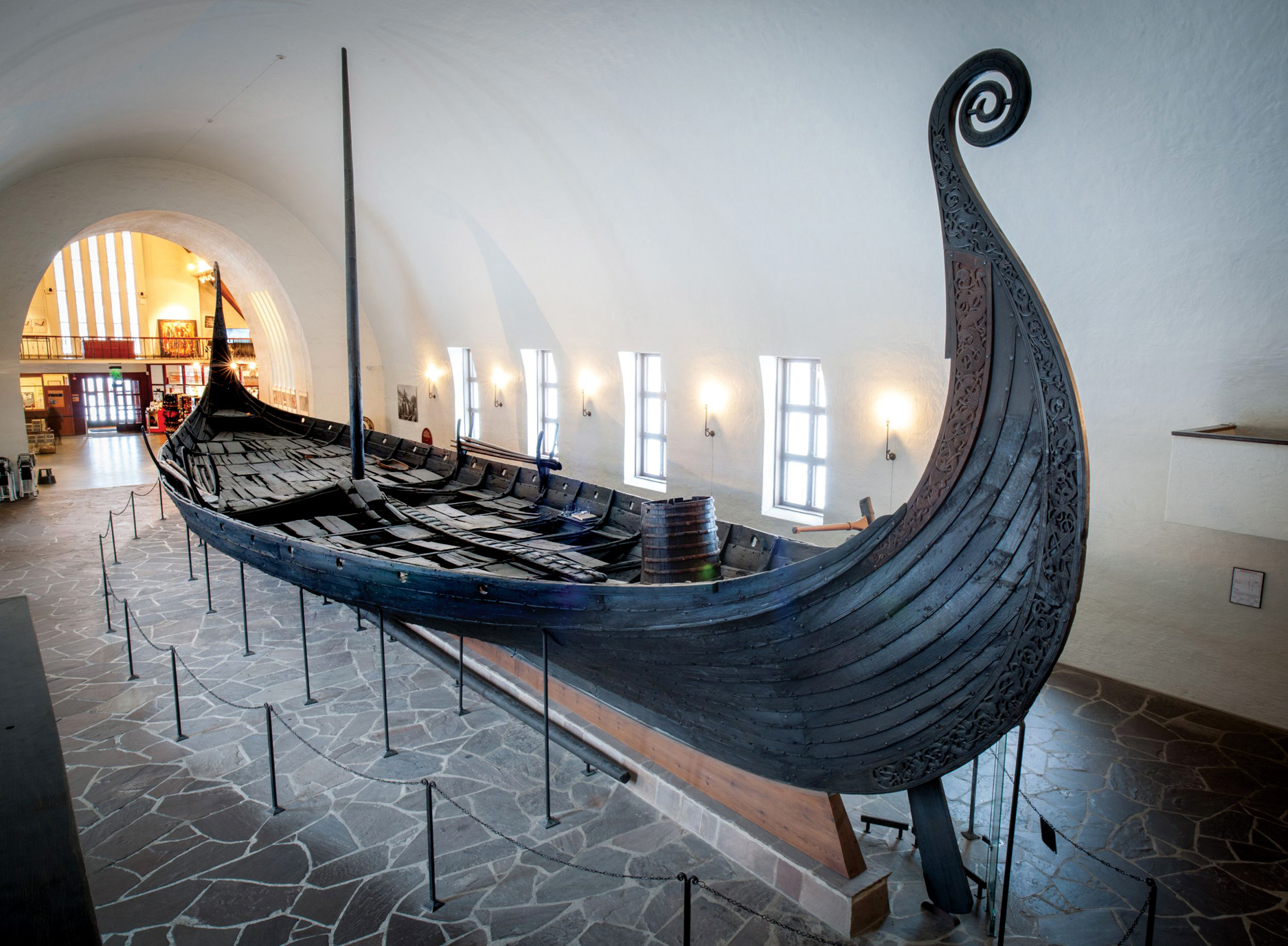
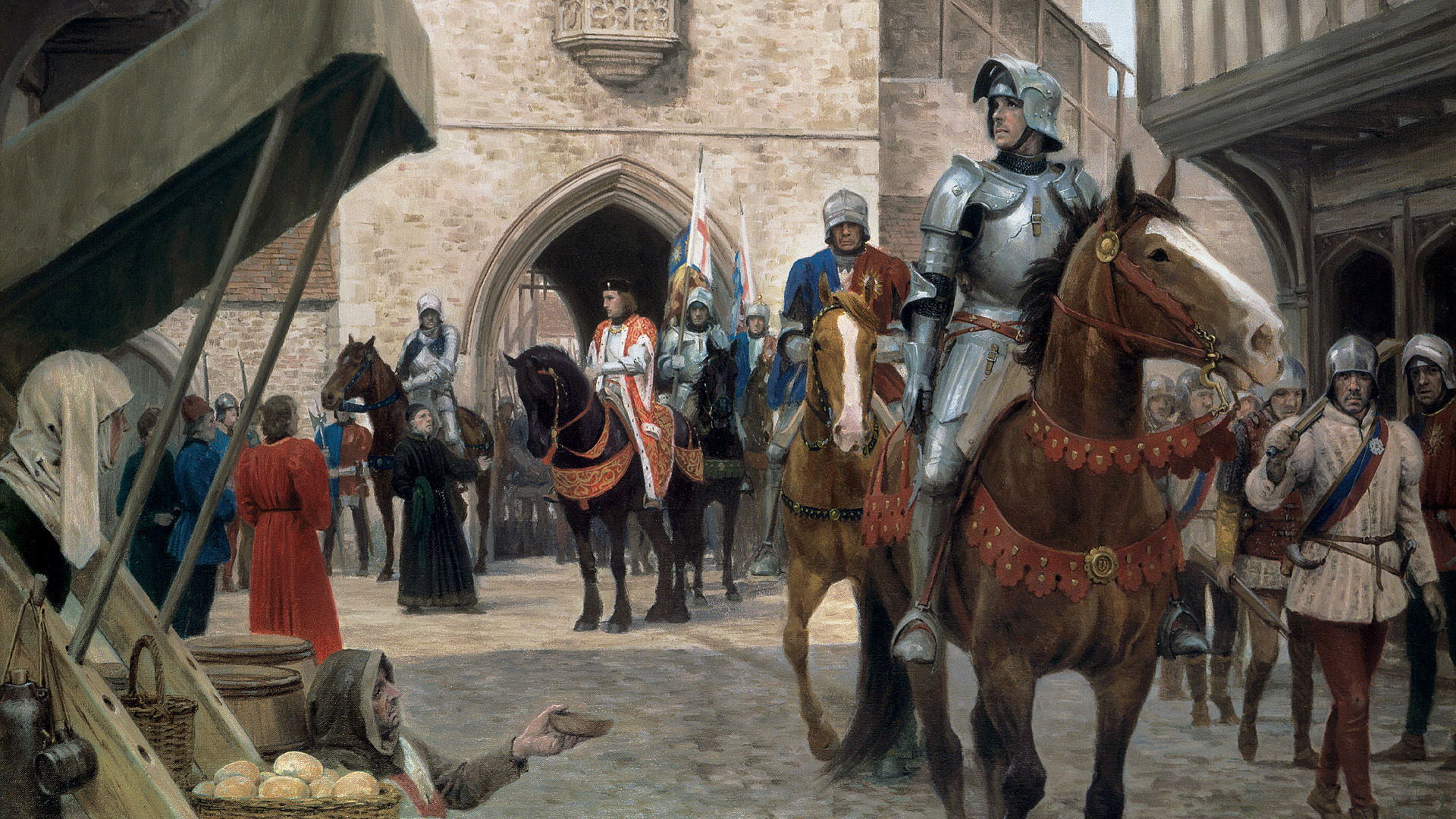
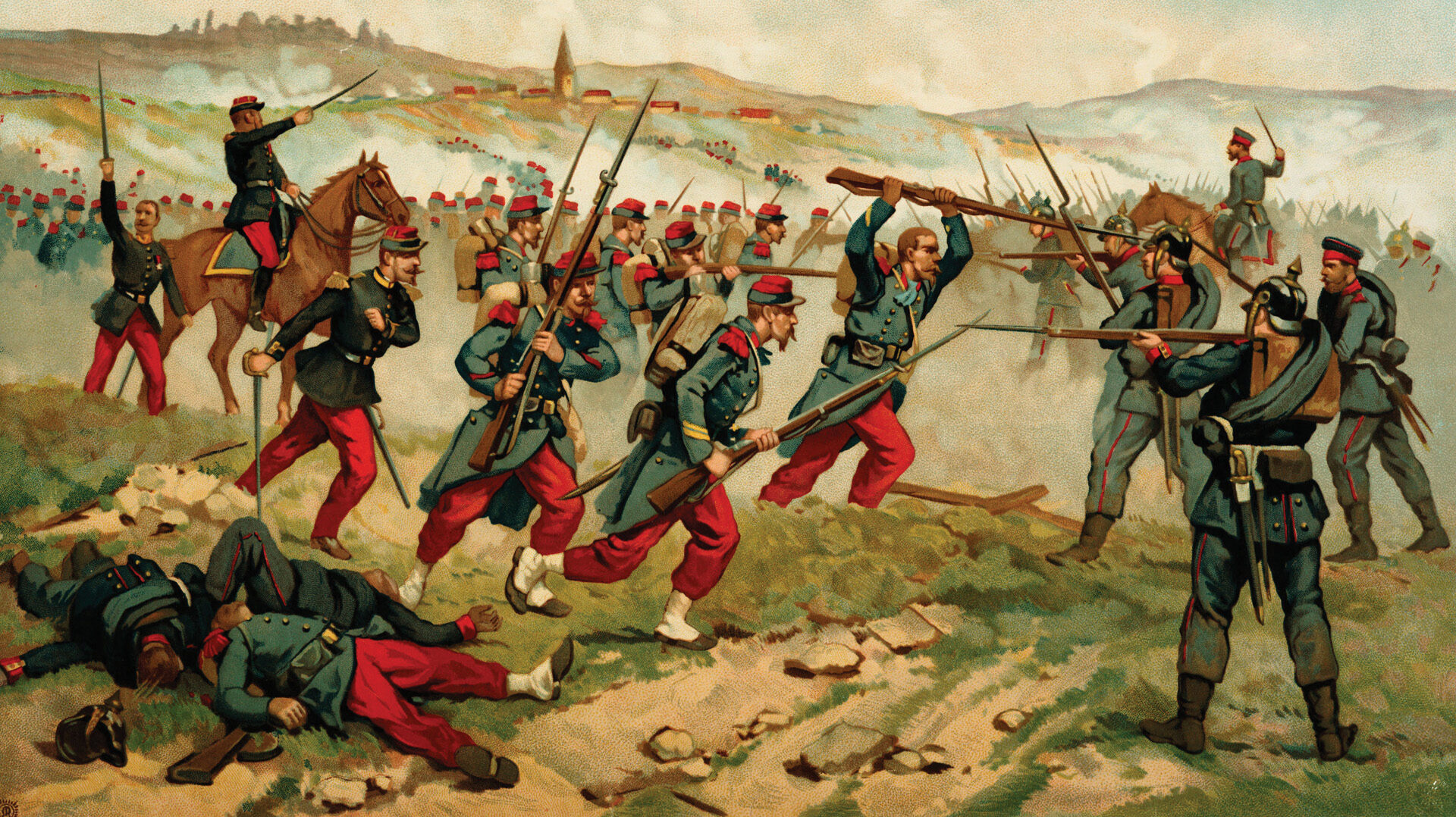
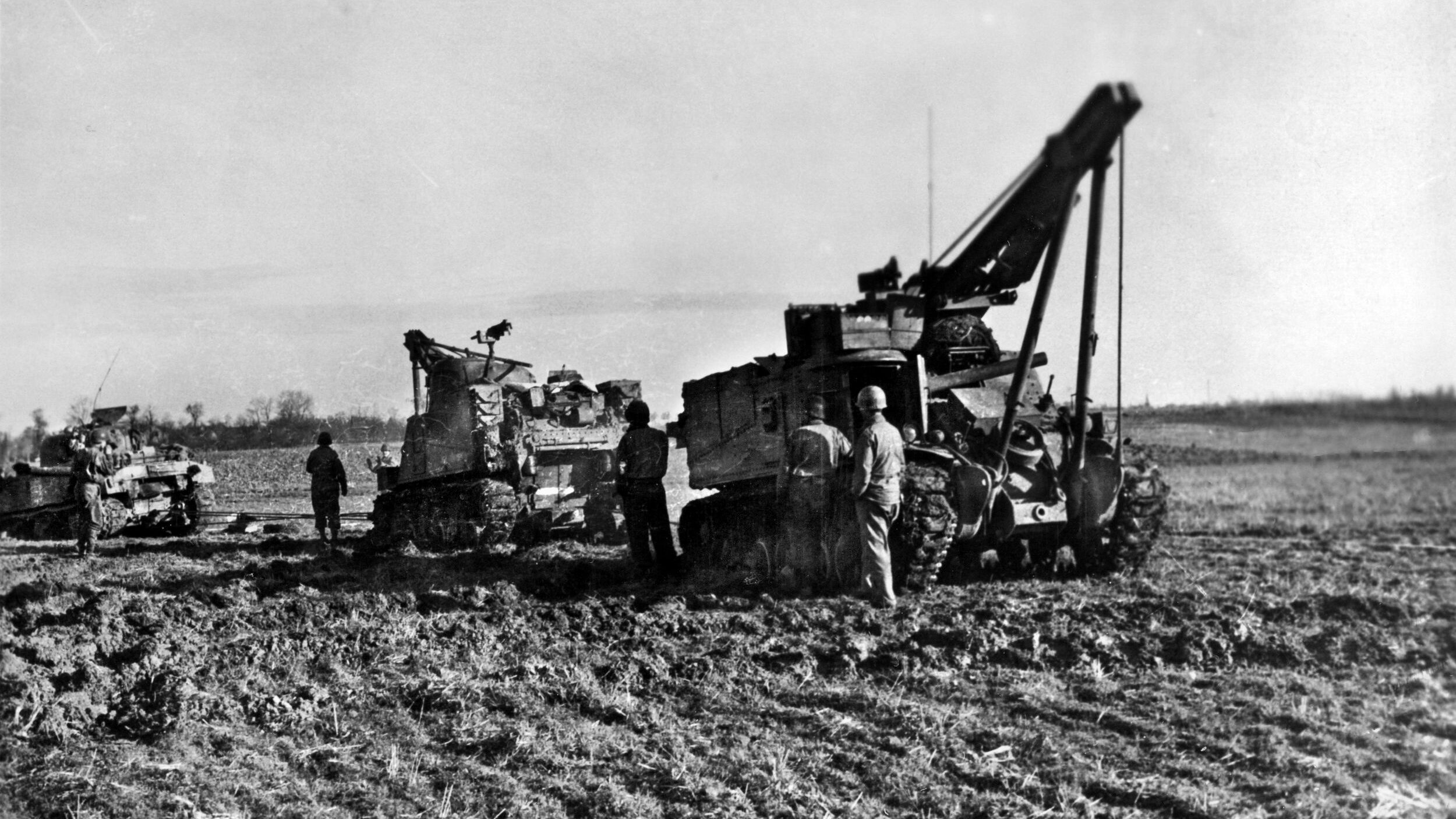
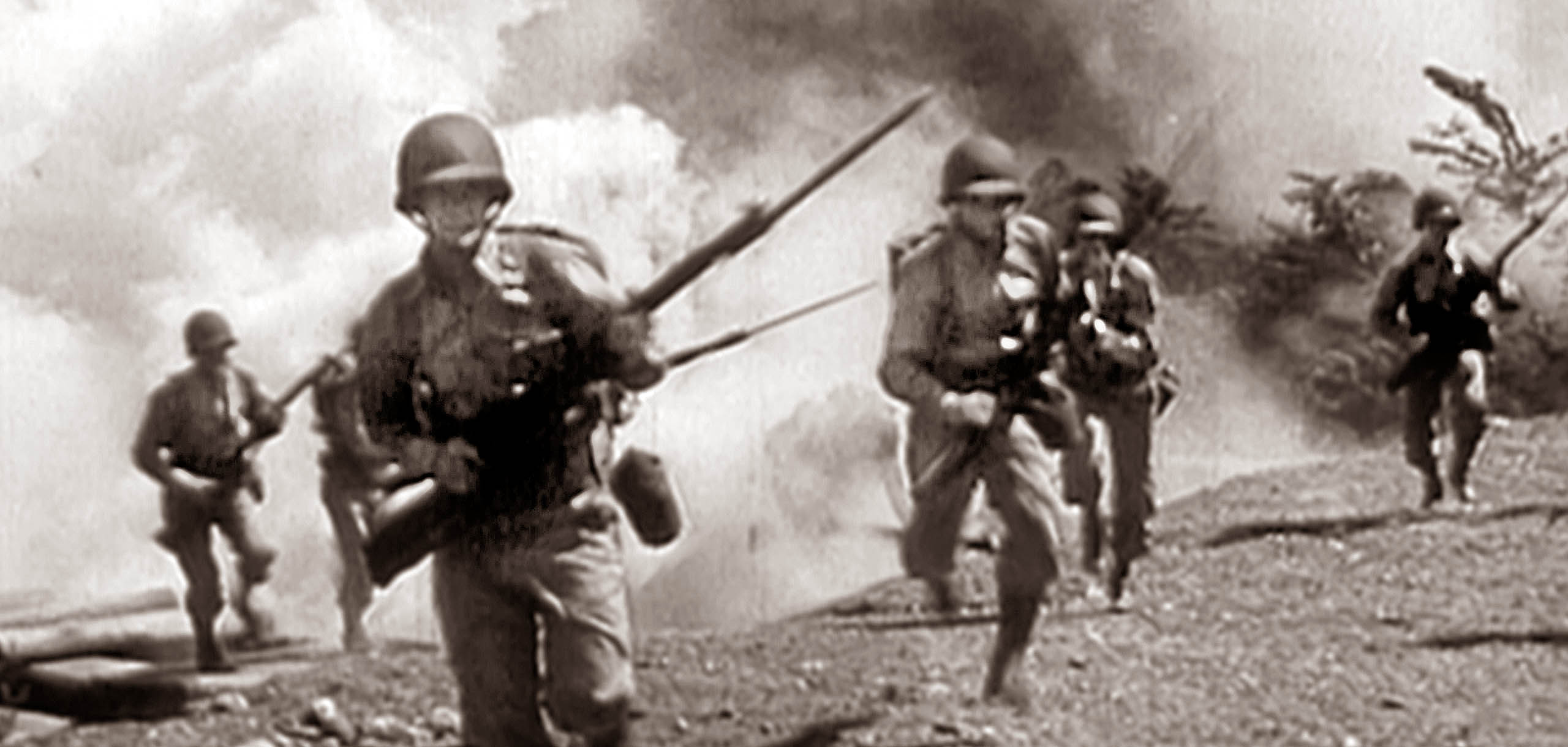
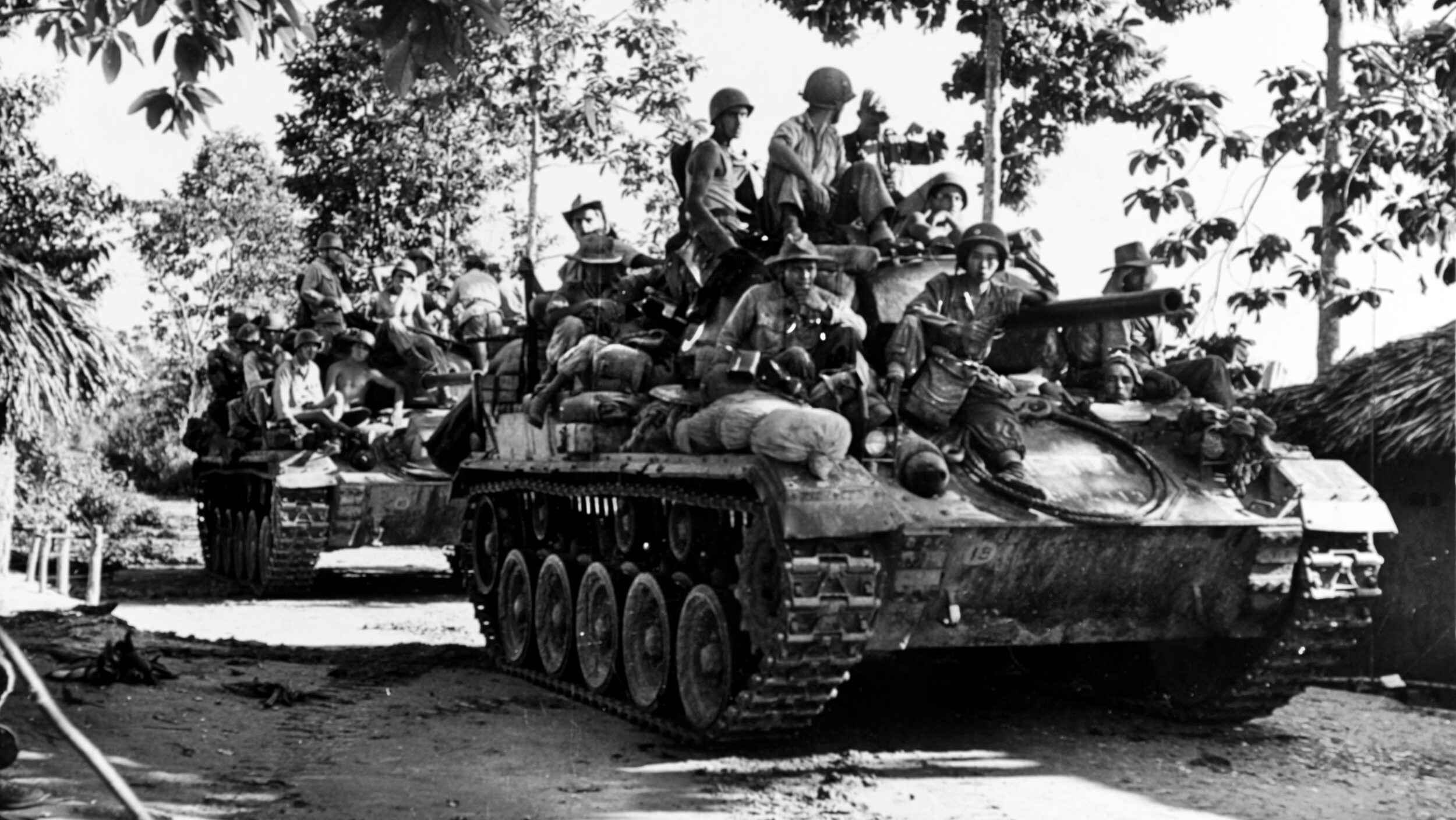
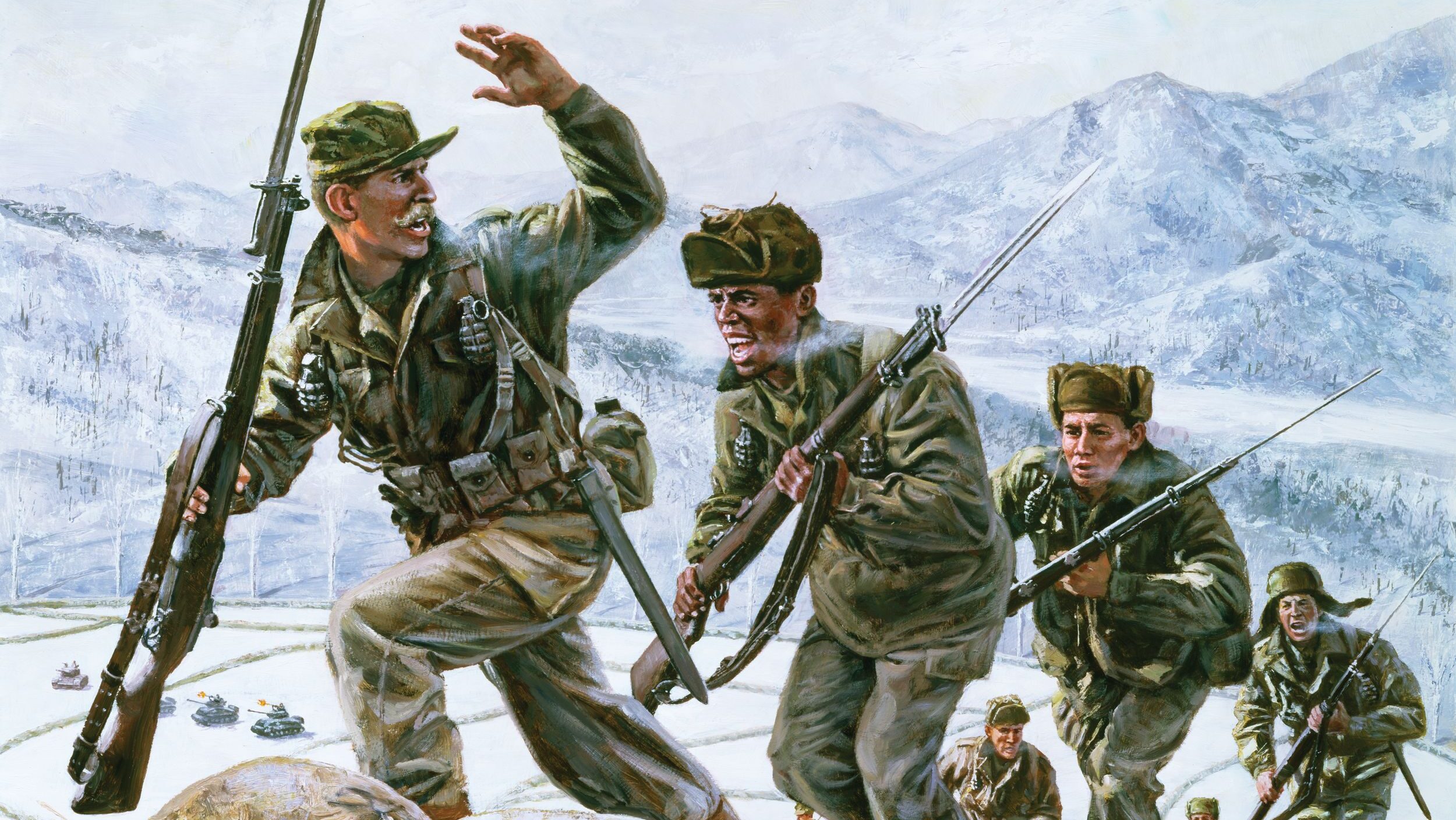
Join The Conversation
Comments
View All Comments